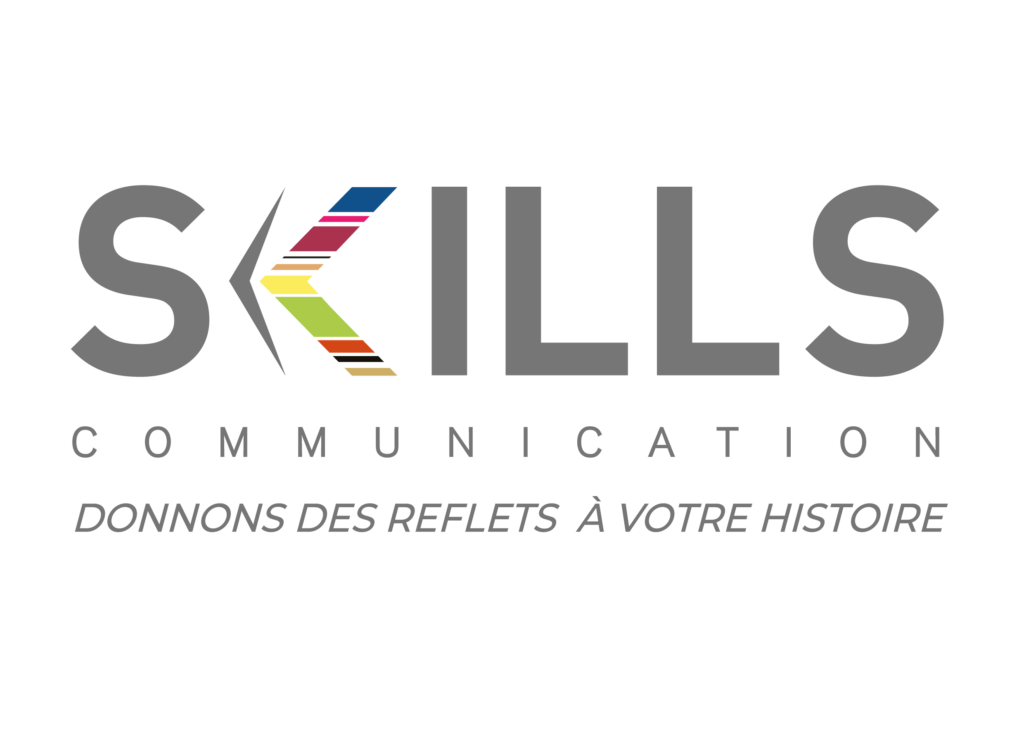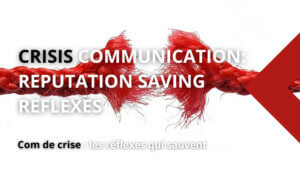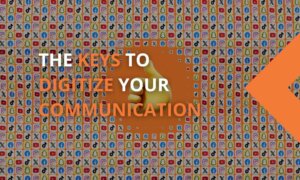Have you ever been bored at a conference? It was time to evolve! The trigger was a worldwide pandemic, nothing less!
Online, traditional conferences would be too long and would not captivate participants sitting behind their screens. The forced digitization of conferences has changed the game, for the good. In a short period of time we have seen a radical change in the use of digital communication platforms. The giant Zoom, between January 2020 and October 2020, went from 641 million daily users to 1,289 million, almost double!
While digital communication platforms are surfing on this worldwide phenomenon, some still doubt the efficiency of these digital conferences or debates. In this article, we present the advantages of a well-prepared digital conference.
✔️ Digital to better reach your target audiences and extend the impact of your message
Digital conferencing brings a new dimension to online conferences that is not available in traditional conferences. With the absence of geographical boundaries and the disappearance of time constraints, your digitalized message can reach a wider and more targeted audience. “While we expected 800 people to attend in person, we had 1,600 virtual visitors on the day, who were online for an average of ten hours,” explains the marketing director of the EcoVadis group. This is a good example of the many surprises that digital events have in store.
The digital conference now lives before the event through previews and teasers, during and after thanks to multiple replay and video recording features. Your event becomes much denser, and can be converted into different formats (teaser, snapshot…). It is also an opportunity to divide the content of the debate into sub-categories and to develop the interest of your different audience segments.
The digitalization of an event is also an opportunity to know better its audience. Indeed, the digital support greatly facilitates the knowledge of your participants. Thanks to digital marketing techniques and profiling on social networks for example. If others such as Jerrold Post, former CIA profiler, have used these techniques for geopolitical purposes, with digital you can now target your audience and anticipate their needs, know their codes and tastes, more precisely, according to their digital habits, their interests or their professional status for example. This increased knowledge will allow you to personalize your invitations and orient the themes of your conference according to your target’s interests for example.
✔️ The emergence of new digital tools: towards captivating and interactive animations
The disadvantages of a digital conference are mainly attributed to the distance between the speakers and their audience and therefore to the difficulties of interaction they create. For a participant to a digital event, it is very tempting and easier to zap when faced with a boring and not very dynamic content than during a physical conference.
The challenge of a digital event is to provide lively and interactive debates that captivate and involve the Internet user, even when seating behind his screen.
How many times have you, during a traditional conference, been hearing a boring speech with the only visual element being a presentation with indigestible content? Today, digital animation offers new options: video, graphic or interactive tools can make an event more dynamic and impactful.
The digital environment made mandatory by these virtual conferences, thus generates some upside and even allows the participant to understand the subject with or without any sound. The image then plays a major role in the dynamic animation that guides the audience towards better understanding and memorization.
Other tools allow an engaging interaction between the different parties of a conference. For example, quizzes can enhance attention, awaken speakers and increase the audience’s level of interest.
✔️ The interaction mixed with the preparation allowed by digitalisation
In traditional conferences, interaction with the audience is often time limited and disorganized. The floor is often given to a small number of participants, who ask very personal questions, taking advantage of the opportunity to advertise their expertise to the audience who cannot leave the room. These Q&A moments do not necessarily bring any added value to the rest of the audience.
Thanks to digital technology, the participants’ interests are known in advance and their questions are received throughout the debate. The moderator will be able to group the questions received by theme and address them to the appropriate speaker, who will have been able to train beforehand to prepare a concise answer and thus make it possible to address numerous points thus ensuring a deeper connection with the audience.
Similarly, the punctuation of the speaker’s intervention, inserting Q&As or live polls, allows active involvement of a larger number of participants and better involves the entire audience. Collecting feedback during the debate is also important to allow speakers to adapt their speech and to adjust conclusions. This is an excellent way to ensure more concrete results for the speakers.
✔️ A better ROI (Return on Investment)
With all these measures of attendance and engagement, virtual conferences provide an accurate monitoring of the quality of attention paid to the content of each of your presentations. Your ROI is therefore based on much more qualitative and comprehensive data. In comparison, a traditional conference often boasts of hundreds of participants, without being able to give their profile in detail (GDPR rules) and without really knowing if all of them were present at the time of your intervention, or stranding next door around the buffet.
A virtual conference not only allows for better profiling of participants, but also provides opportunities for interaction across the globe, often resulting in unparalleled performance.
Sponsors can feel the audience reactions and their expectations via live polls during the debates. This will be much more effective than the usual satisfaction questionnaires handed out in tote-bags at the end of the conference.
But let’s not forget that being a speaker in this new digital environment, very fast and interactive, is a whole new exercise that must be mastered.
How should you prepare for it? What needs to change in your way of communicating? How to build your intervention, prepare your posture? What should you practice to optimise the potential of a digital conference?
These are all the assets of SKILLS’ #InvestXperts digital panels, hand-crafted in terms of content and adapted to a selected audience. We will prepare you for an exciting and engaging exercise for your audience. We will invite you to use the power of digital, video, our expertise in content creation and our access to a large network of international expert-speakers to make your expertise heard by a captivated audience.
@SKILLSCommunication Creators of #influence, Creators of #development






